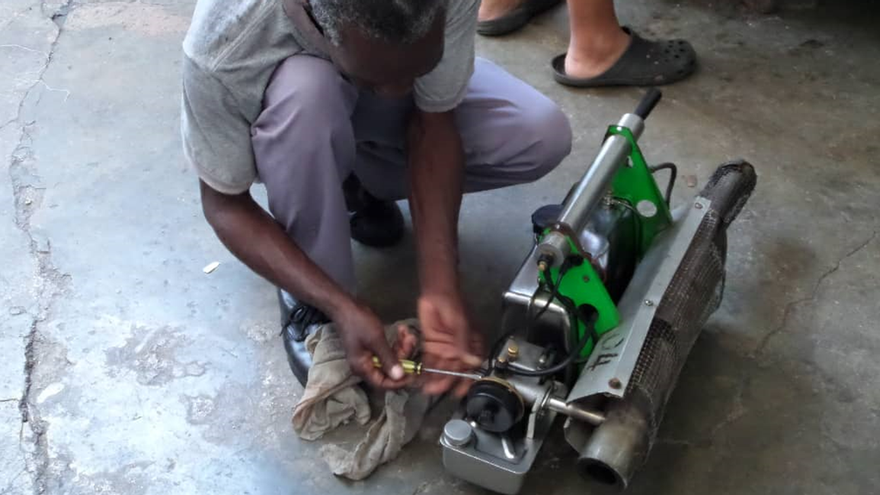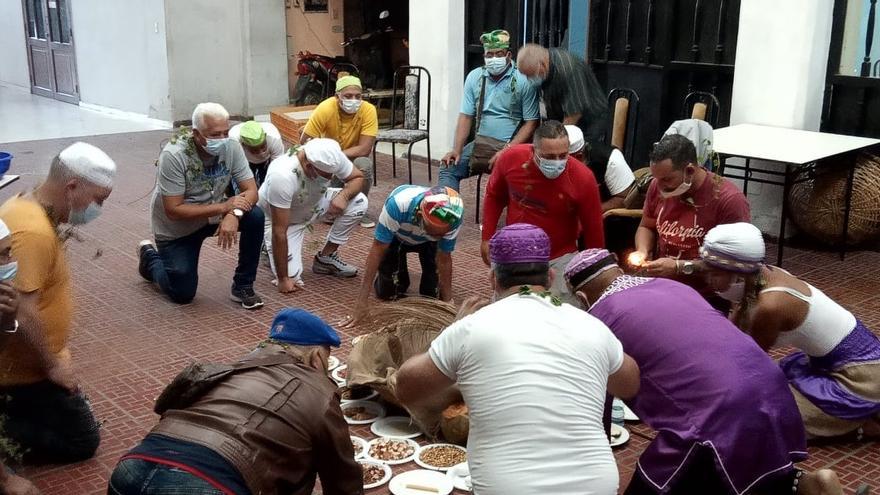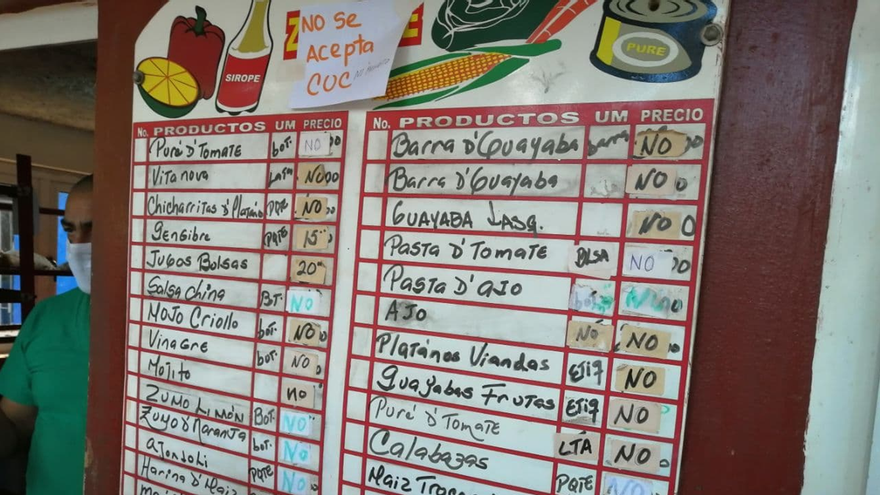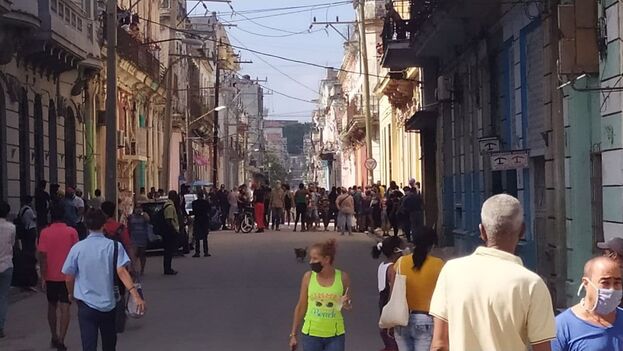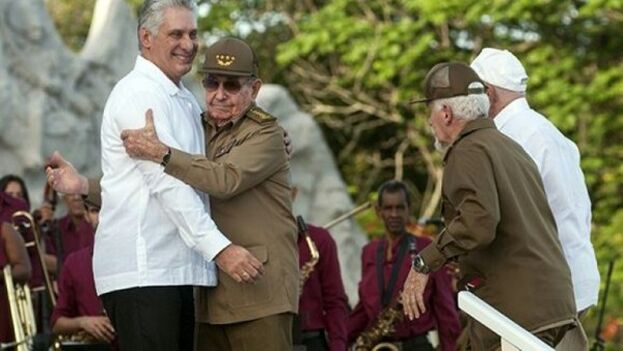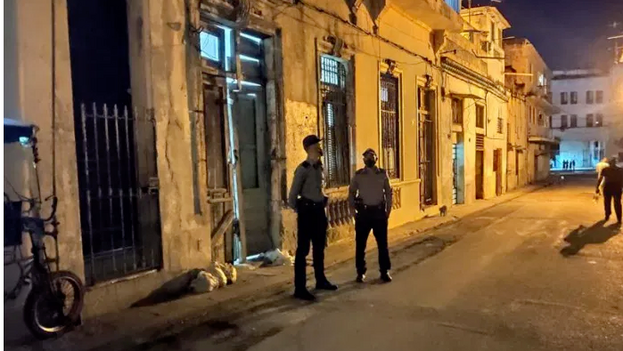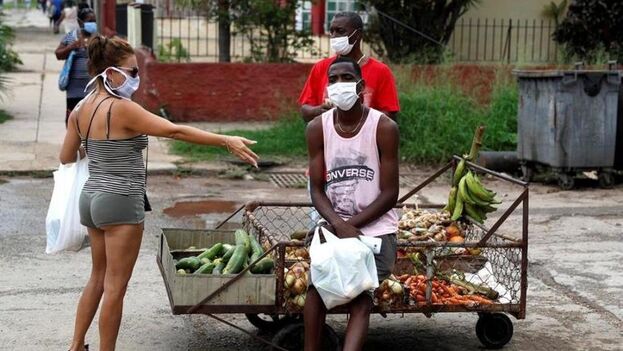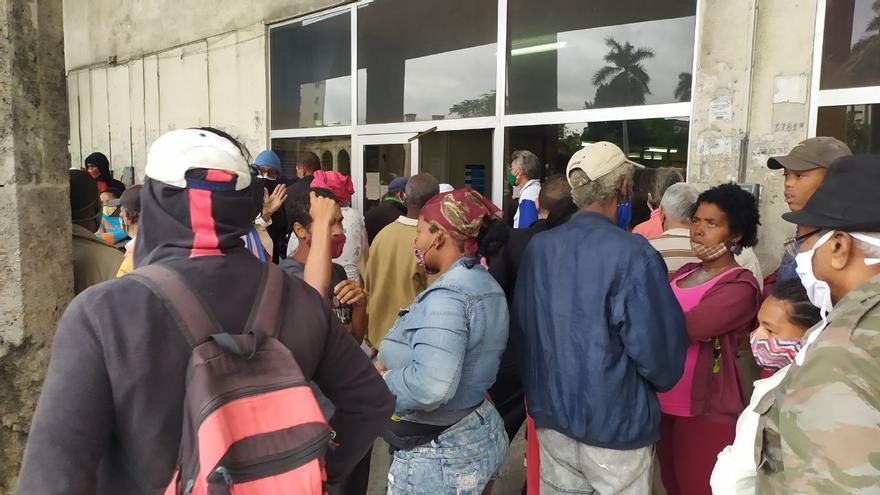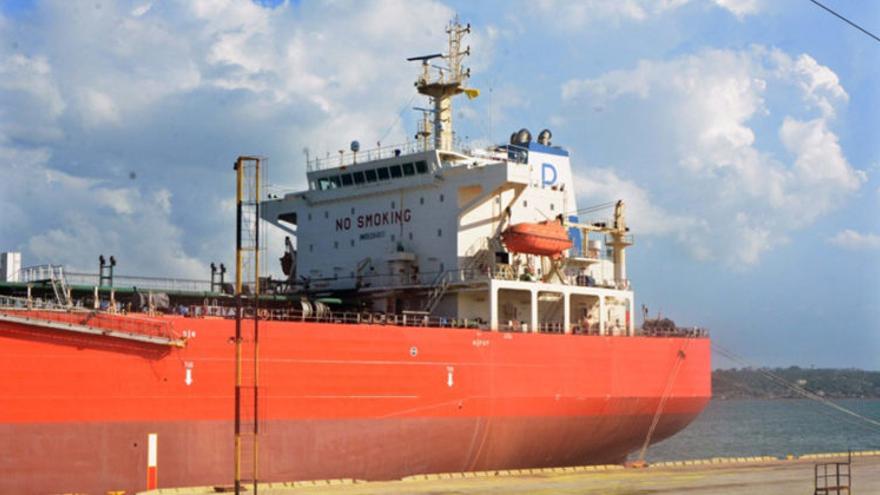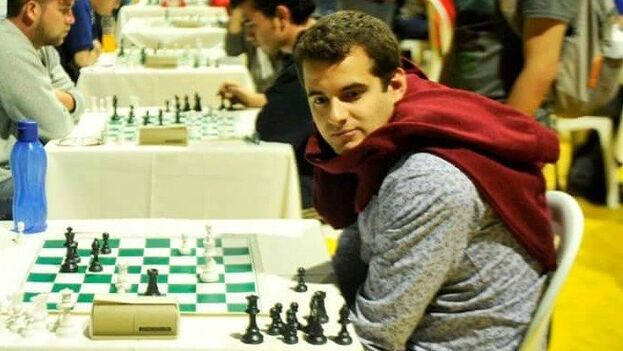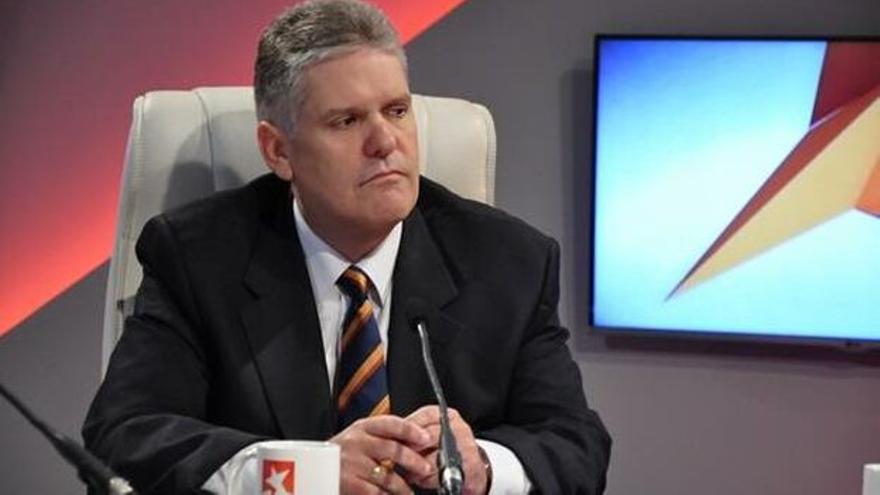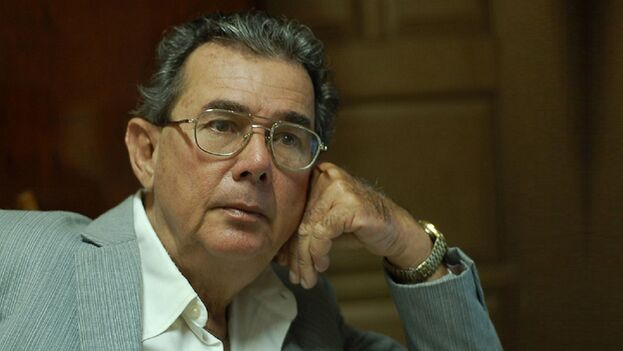
14ymedio, Havana, 30 December 2020 — The severe shortage of medicines in Cuba will continue in 2021. For the next 12 months the country will have “a very tight basic set of medications” due to”financial tensions,” said Dr. Emilio Delgado Iznaga on the Roundtable TV program Tuesday. Delgado Iznaga is the Director of Medicines and Medical Technology of the Ministry of Public Health.
The group of drugs that the Government projects within this list includes 619 drugs, 365 of national production and 254 imported, which “cover” the “main health problems” of the population, said Delgado Iznaga. The figures in this basic table contrast with those of 2019, when the list consisted of 757 drugs.
The Minister of Finance and Prices, Meisi Bolaños Weiss, also appeared on television and expressed little hope that the crisis would improve. “Hopefully we can increase the 46% share of national products, because we will have cheaper medicines and the guarantees that it will cost the state budget less to maintain subsidized prices,” she said.
In 2021 some drugs will remain at current prices and others will increase in cost due to the announced monetary unification and the undue subsidies that the Government has decided to eliminate. continue reading
Faced with the changes, the health authorities divided the medicines into three groups. The first contains treatments for chronic diseases that are controlled by a patient card, the second includes those used in patients with neurological or psychiatric diseases dispensed by medical prescription, and the third is composed of drugs that respond to acute illnesses and are used for short periods.
In this last group there are 191 “uncontrolled or complementary drugs” that will increase in price, such as antibiotics, anti-parasitics and analgesics, which are highly demanded by the population and which have not appeared in the state pharmacy network for more than a year.
The state company BioCubaFarma has been at the center of complaints from patients and relatives for several years, due to supply problems in the national network of pharmacies. The deficit has reached a point where many Cubans depend on the medicines and supplements that their relatives send from abroad.
Lines start to form outside the pharmacies starting at dawn, and many times, after hours of waiting, customers cannot get the medicine they need or can only buy a part of the dose prescribed by the doctor. Black market resale of these products has become an increasing practice with the shortages.
“In the case of dipyrone, there are six entires for it on the list with different prices: 12.90, 9.60 and 7.00 pesos,” said Bolaños Weiss. Its cost is based on if “it is national production, or if we would have to import it… In addition, it depends on the number of tablets in the case and whether they are 500mg or 300mg. Everything influences the calculation of their price,” added the minister.
Dipyrone, a non-opioid pain reliever in high demand in Cuban homes, is frequently used to relieve everything from a toothache to a cold. Belonging to the pyrazolone family, the drug has been renamed in popular humor as “solve it all.”
Until last year, one billion dipyrone tablets were produced on the Island, but demand has doubled in the last decade and the forecast is that this trend will continue, since more than 30% of the adult population is hypertensive.
Natural products, accessories for diabetic and disabled patients, sanitary pads and condoms will still be subsidized and sold at their current prices.
However, the authorities did not offer details on band-aids, thermometers, hydration salts, alcohol to heal wounds and other basic products that are difficult, if not impossible, to find in pharmacies that offer their products in the national currency, Cuban pesos.
The shortages have even affected the network of pharmacies that sell in convertible pesos or foreign currency and that are located, for the most part, in hotel centers, shopping galleries or clinics for the care of foreign patients. The best-stocked stores until a few years ago are now also experiencing a crisis unprecedented since they first appeared in the ’90s.
____________
COLLABORATE WITH OUR WORK: The 14ymedio team is committed to practicing serious journalism that reflects Cuba’s reality in all its depth. Thank you for joining us on this long journey. We invite you to continue supporting us by becoming a member of 14ymedio now. Together we can continue transforming journalism in Cuba.


